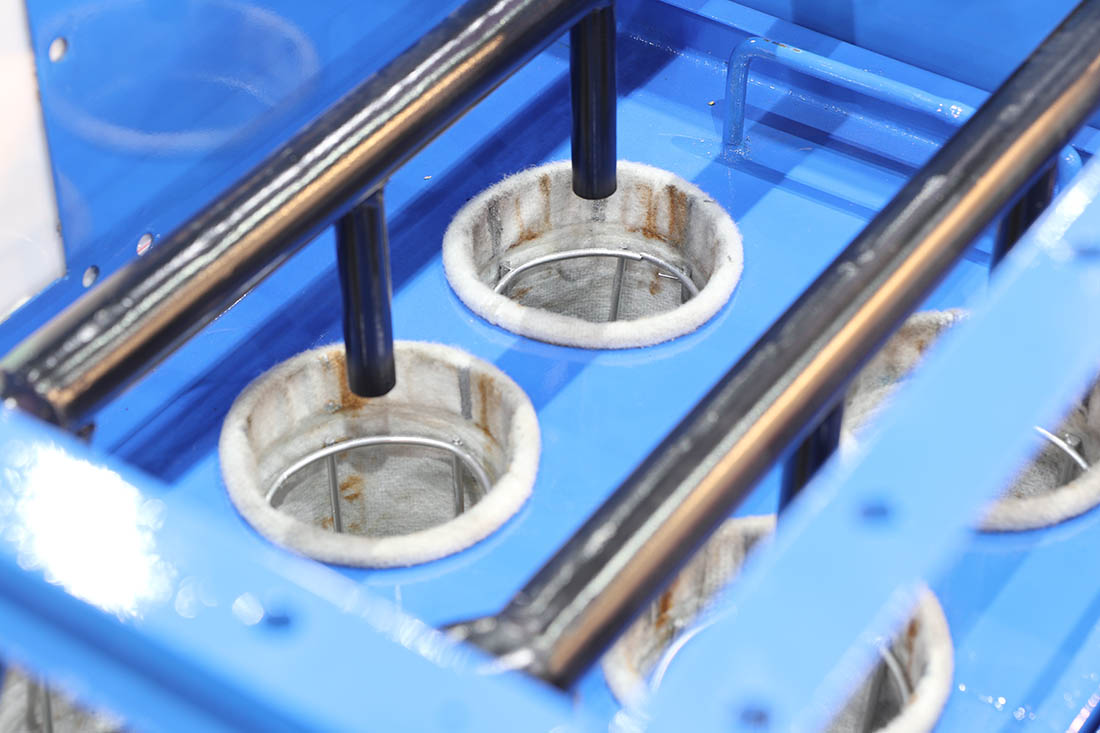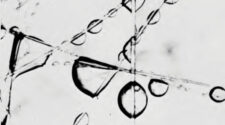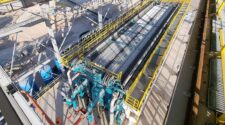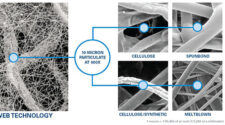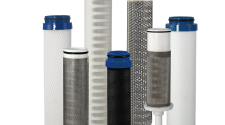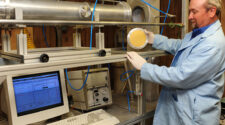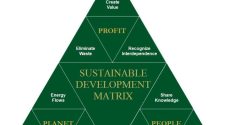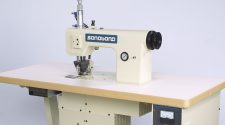My first exposure to the baghouse industry and its associated products like filter bags, cartridges and housings was in 2004 with a relatively new upstart company called BHA Technologies, which specialized in the manufacture of ePTFE membranes. BHA Technologies was part of a larger company called BHA Group, which designed, manufactured and supplied replacement parts and services to air pollution control systems. BHA was a leader in baghouse accessories and trained all its new employees in the filter media replacement parts and services it supplied.
Key applications
There are many different industries that make use of filter bag technologies. These include both process and nuisance dust collection. The major factors driving the bag filter technologies in the market include environmental and safety regulations tied to a reduction in air pollution and the rapid growth of cement and mining industries.
With regard to collection, the type of technology is influenced by the type of dust generated in the facility. Particle size will help determine the number of filters and most appropriated filter media for the application. Common applications range from food production, pharmaceutical manufacturing, woodworking, and metalworking to energy utilities, chemicals, mining, cement and many more.
Technology development
As a technology, the baghouse has been around for a long time. In my opinion, new filter materials, finishes and composites are the most interesting and compelling aspects in the baghouse industry. It often takes years to truly commercialize a product in this market as new filters/media have to be validated in the application and lifecycles are very long. With the long cycle times, the investment in a new technology has to really demonstrate on a couple of key areas: easier cleaning, increased bag life, process stability, and optimized throughput and emissions. These are tall orders, but leaders in the industry have found a way to innovate around these principles.
Filter media selection
Identifying the appropriate filter media for a filter bag is an important and sometimes difficult process. There are several considerations that must be made when selecting and specifying a filter bag. Filter bag performance is directly related to how well it can withstand the process environment. The selection process eliminates materials based on chemical characteristics and temperature. Temperature is a critical characteristic and is usually the first consideration. The chemical characteristics of the gas stream further refine the selection process. Efficiency of the filter media dictates the construction of the bag and any treatments or membranes needed. The type of media the bag is constructed from and its configuration play a key role in assuring the right product is chosen. Last but not least, when there are multiple choices it then comes down to price versus performance.
Filter cartridge selection
The key considerations for selecting and specifying a filter cartridge are generally the same as a filter bag. However, cartridges have increased in popularity over filter bags for a number of reasons. Cartridge filters can provide significantly more surface area into the same space as a bag. A cartridge can also filter very small even sub-micron particulates very efficiently. For some applications and industries this is essential.
Filter housing selection
With their versatile and universal design, baghouses can meet a wide variety of industrial dust collection requirements. Baghouses are a filter housing that is typically used for high-volume and high-temperature applications. These units house a variety of filter configurations with the objective of capturing and separating particles from a gas stream. The three most common designs are:
- Pulse jet – self-cleaning utilizing compressed air to clean the filters while the system remains online.
- Reverse-air – baghouse features a compartmentalized design for cleaning individual section while also not having to shut the system down.
- Shaker – baghouse cleans the filter bags by mechanically shaking the dust off the filter. However, in this option the cleaning is preformed while the system is offline.
Pitfalls
There are many considerations that must be addressed when selecting, using and maintaining a filter housing. A common pitfall that users should be aware of when choosing is not to push air-to-cloth ratios to minimize initial investments. Doing so can result in systems that are incorrectly sized, which then perform poorly and require more frequent filter replacements and maintenance. Safety is also a serious issue, especially when the baghouse is considered as secondary to the process. This is particularly critical as it relates to explosive dust applications.
Bonus ’Tech Talk’ Video
Learn More @ inda.org/education!
Advances
One the most interesting advance in technology that I have seen in recent years is linked to more durable and higher airflow membranes. This new class of membrane provides a fundamentally more cleanable surface. This in turn results in a lower baghouse differential pressure. This advance provides options, either higher airflow during operation leading to increased productivity, or a reduction in fan energy consumption, which equates to lower costs.
The future
A gap still remains between nanofiber technologies and conventual baghouse filtration materials and membranes. Nanofibers are revolutionizing many areas of filtration, but not necessarily in a major way in baghouse applications. ePTFE membranes have been the dominate choice for surface filtration for decades and continue to be introduced to older baghouse units to improve differential pressure and filtration efficiency.
Baghouses have very high cleaning efficiencies, often over 99%, and can remove even very small parties from air and gas flows. These technologies play a crucial role in maintaining a myriad of industrials processes and are very reliable, even with small particulate size. Without baghouses in place, emission levels would be dangerous and would exceed legal levels. These systems are typically simple structures and are easy to operate.
As director of education and technical affairs, Chris presents regular training related to nonwovens and filter media from INDA’s headquarters in Cary, NC. For more information about upcoming training opportunities, visit inda.org/education.
* International Filtration News is owned by INDA, Association of the Nonwoven Fabrics Industry (inda.org).


